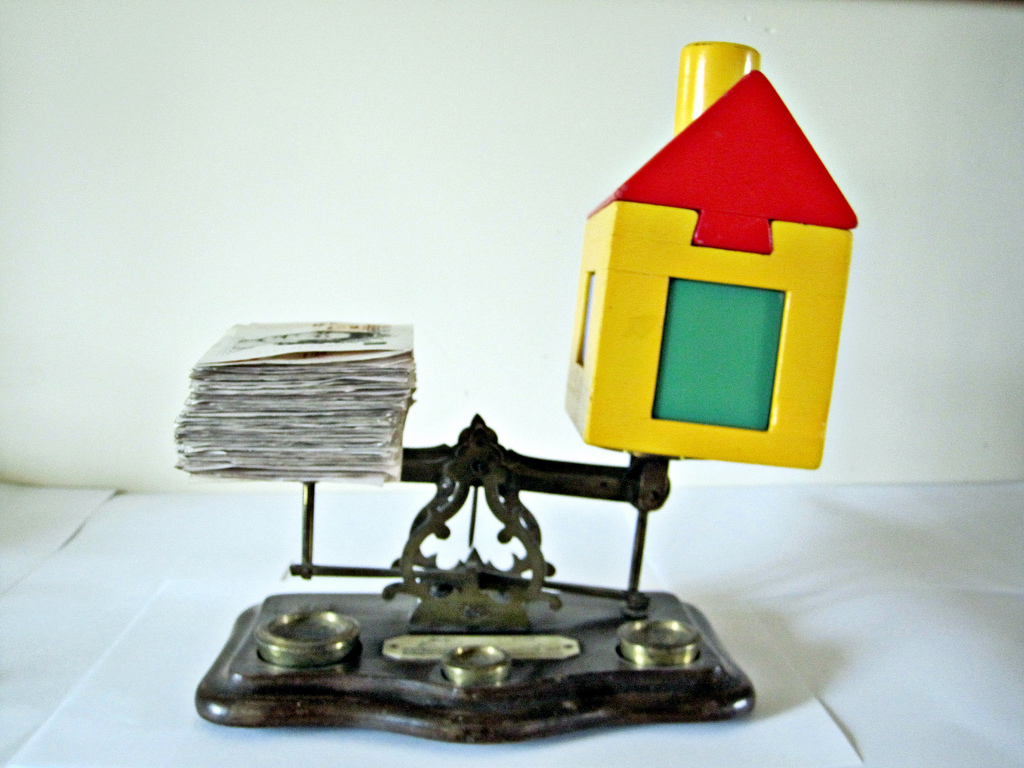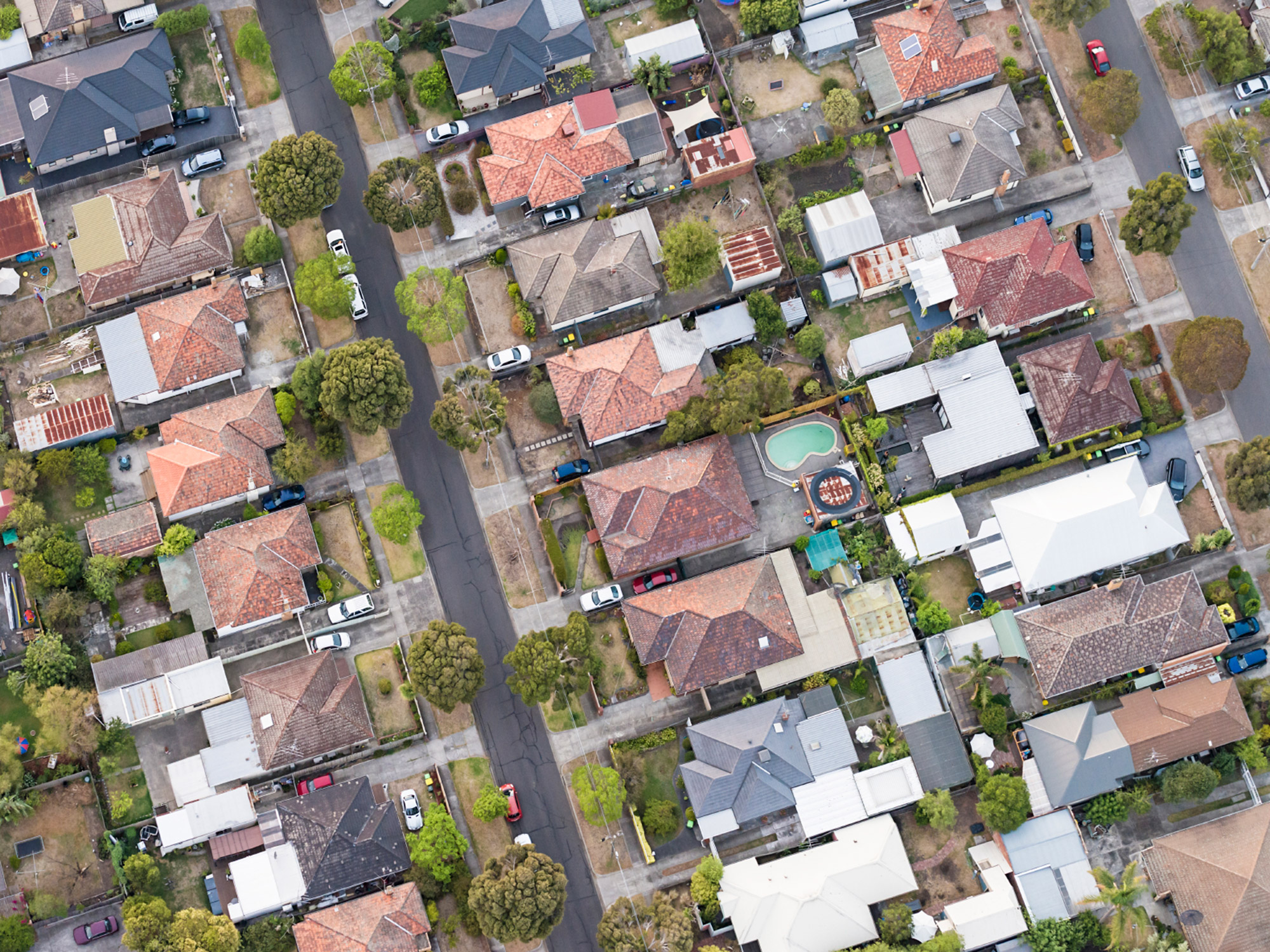As a property investor, how strong of sense you have to able to spot a high growth area for property investment? If you entry in right time, you can see property values grow strongly within a very short period of time. This can help yourself to heap up equity quickly and thus reach your investing goals earlier.
Explore the area’s supply and demand, demographics, transactions prices over time and many more. It can cost you a lot of time on these research. But, not fret, with these tips, you can identify a growth area with opportunity real quick.
Let’s get started!

1. Look for areas experiencing gentrification
These areas may have had a poor reputation in the past, but are now seeing homeowners moving in and changing the landscape of the suburb.
➢ Look at the affordable areas in a region you’re interested in;
➢ Check out how the property prices have moved in the past two to three years;
➢ If prices have grown steadily, look at the demographics. An increasing number of young residents with decent income is a solid indication that the suburb is about to gentrify;
➢ Look for signs of new houses or renovated homes springing up in the area;
➢ Look for new cafes or retailers opening in the suburb.
Before investing in any property and in any area, the first thing you’ll need to do is research its area living environment and know its history. What kinds of potential can make this area became famous and thus draw investors attention. Monitor its areas property transaction prices from the past 3 years to current.

2. Look for the ripple effect
If you can’t afford to buy into a high growth area (you might have just missed the mark this time around), you might still be able to buy into the area by checking the surrounding suburbs. This requires timing, so you need to know which phase of the cycle the local property market is in to maximise your chances of riding the wave of growth.
Top tips for finding areas before the ripple of growth hits:
➢ Measure property values by comparing the median prices of adjoining suburbs;
➢ If there is more than a 5% variation, chances are the suburb next door will be playing catch-up;
➢ Closely monitor median price trends on a quarterly basis. Once you are certain the cycle has kicked off, look for properties within your budget that are as close to the growth as possible.
➢ A good rule of thumb when buying in the capital-city suburban markets is to buy within 10km of the hotspot area, growth is virtually assured to ripple this far out during a cycle.
You must stick with your budget, no matter how good is this deal or how hot of this location. Don’t be upset if you set your budget too low at the beginning, there always have opportunities are waiting for you to discover. We definitely support on this point, you can look into the area by checking the surrounding hotspot area. You just need to put a little more effort to find it.

3. Examine supply and demand
The supply versus demand ratio of properties in an area is a key driver of price growth. If there is no more capacity to build in the suburb but demand keeps on growing, prices will likely climb.
Top tips for finding high-demand, low-supply areas:
➢ Look for areas where the rental yield is rising. This indicates that an area is popular among renters. When renters become homeowners, they also tend to buy in the same area they’re renting in;
➢ Look at the demographics of people moving into the area. Without meaning to sound ageist, suburbs where the median age is around 35 or so tend to gentrify faster as these demographics tend to have better income and are therefore able to afford to buy or rent more expensive properties;
➢ Look for areas with rising population. Population in itself is not enough to push prices up, but when combined with other indicators such as rising income and low supply, this is a good indication that property prices will grow in the area.
Regardless of which investment strategy that you choose, you must do the research of its areas demand. The income level of the area is also important as it can decide whether the rental or selling price is low or high.

4. Look for large infrastructure projects underway
This is a good indicator that the area is likely to see a spike in housing demand as workers flock in for jobs. Projects that are already commenced are preferable, as project promises can fall through as governments rotate and budget priorities shift.
So, what do you think? Do you have any other tips (besides of the above 4 tips) on how to spot a growth area?Comment your thought and tips at below comment box!
It’s not about property ownership it’s about control! To get more details. Click Here!
Like this article or found it helpful? Share it!
Follow us on Twitter for more news, tips and inspiration. Become our mate on Facebook and explore our Pinterest boards.

